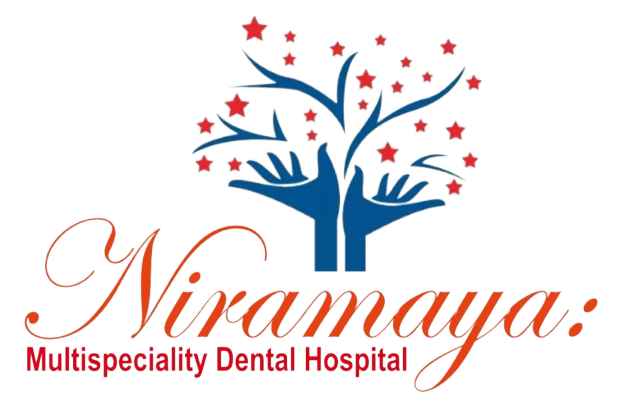Ask the Experts

Periodontics / Periodontist
Periodontics is the branch of dentistry that focuses on the health of your gums and jawbone — the tissues that support your teeth. A gum specialist is called a periodontist.
What is periodontics?
Periodontics is a dental specialty. The word “periodontics” comes from two Greek words: “peri,” which means “around” and “odont,” which means “tooth.” So, the field of periodontics treats conditions that affect the tissues “around your teeth,” such as bone loss, gum recession and periodontal (gum) disease.
What’s the difference between a dentist and a periodontist?
A general or family dentist focuses on preventative and restorative treatments. A periodontist is a gum specialist. They focus on treating conditions that affect the tissues that support your teeth (such as your gums and jawbone). For instance, if you need a routine dental cleaning, our dental team will take care of it but in case you need specialized services like gum surgery or flap surgery our periodontist at Niramaya Multispeciality Dental Hospital will do the procedure for you.
Why would you see a periodontist?
There are several reasons why someone would need to see a periodontist. Some people only need to see a periodontist temporarily. In other words, at Niramaya Multispeciality Dental Hospital, Ujjain our periodontist will do the needful surgical treatment for you once treatment planning has been done by our dental team. Once the periodontist had performed your surgical treatment, then our dental team will take care of your regular follow ups.
Other people may need periodontal care for long term. This includes people who are prone to gum disease. Those who are genetically predisposed to gum disease usually need periodontal cleanings in addition to routine cleanings at our hospital. In these cases, our periodontist will work closely alongside with our dental team. You’ll continue to receive care from both of them in order to maintain optimal oral health.
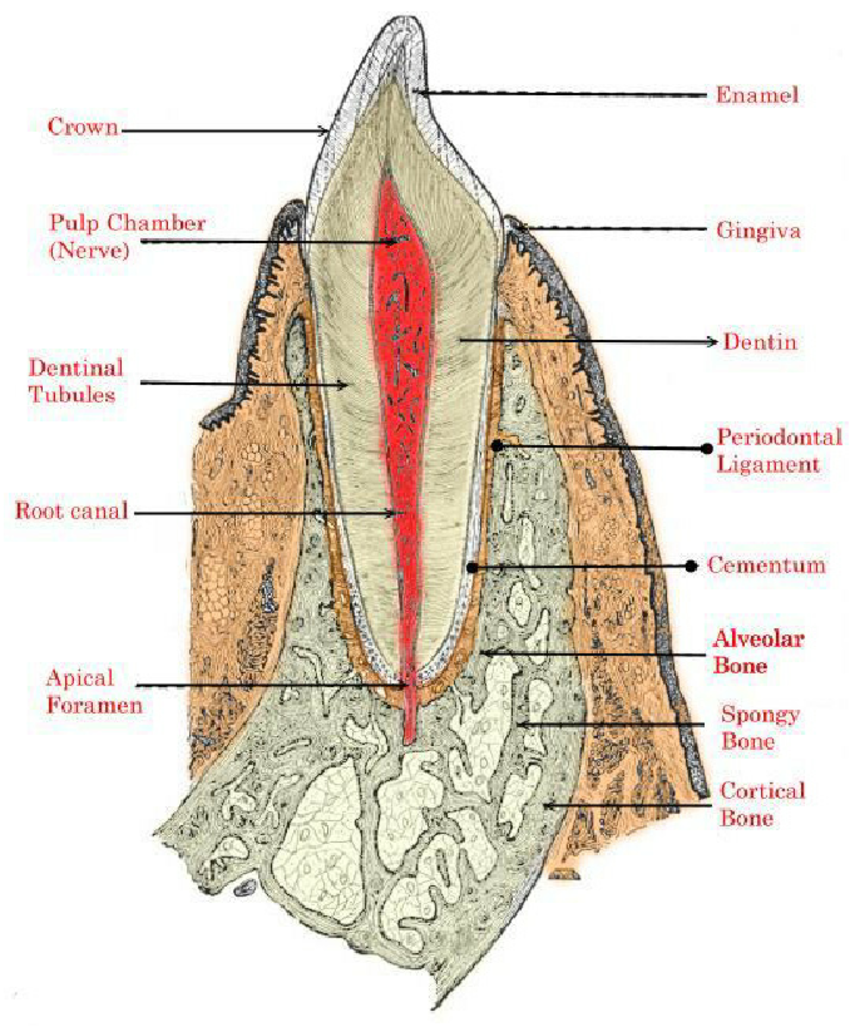
What exactly does a periodontist do?
A periodontist treats oral health issues that affect your periodontium (the tissues around your teeth). This includes your:
-
Gingiva: Your gums.
-
Periodontal ligament: A group of connective tissue fibers that attach your teeth to your jawbone.
-
Cementum: A hard layer of calcified tissue that covers your teeth roots.
-
Alveolar bone: The part of your jawbone that has tooth sockets.
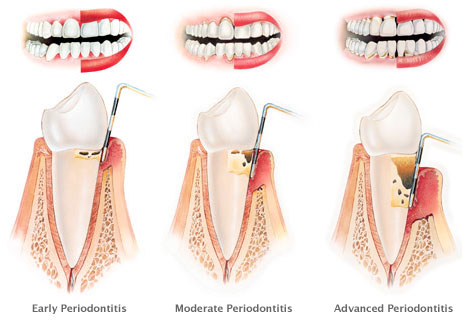
What type of procedures does a periodontist perform?
A periodontist can perform a wide range of periodontal treatments, including periodontal maintenance, scaling and root planing, and several types of periodontal surgery.
- Periodontal maintenance: Periodontal maintenance refers to a type of teeth cleaning. It’s similar to a regular cleaning. But in addition to cleaning your teeth, our dental team checks your gum health and measures the pockets around your teeth. (When you lose bone around your teeth, the pockets get deeper.) Many people who need periodontal maintenance should have these cleanings every three to four months. Our dental team can recommend a cleaning schedule that’s right for you.
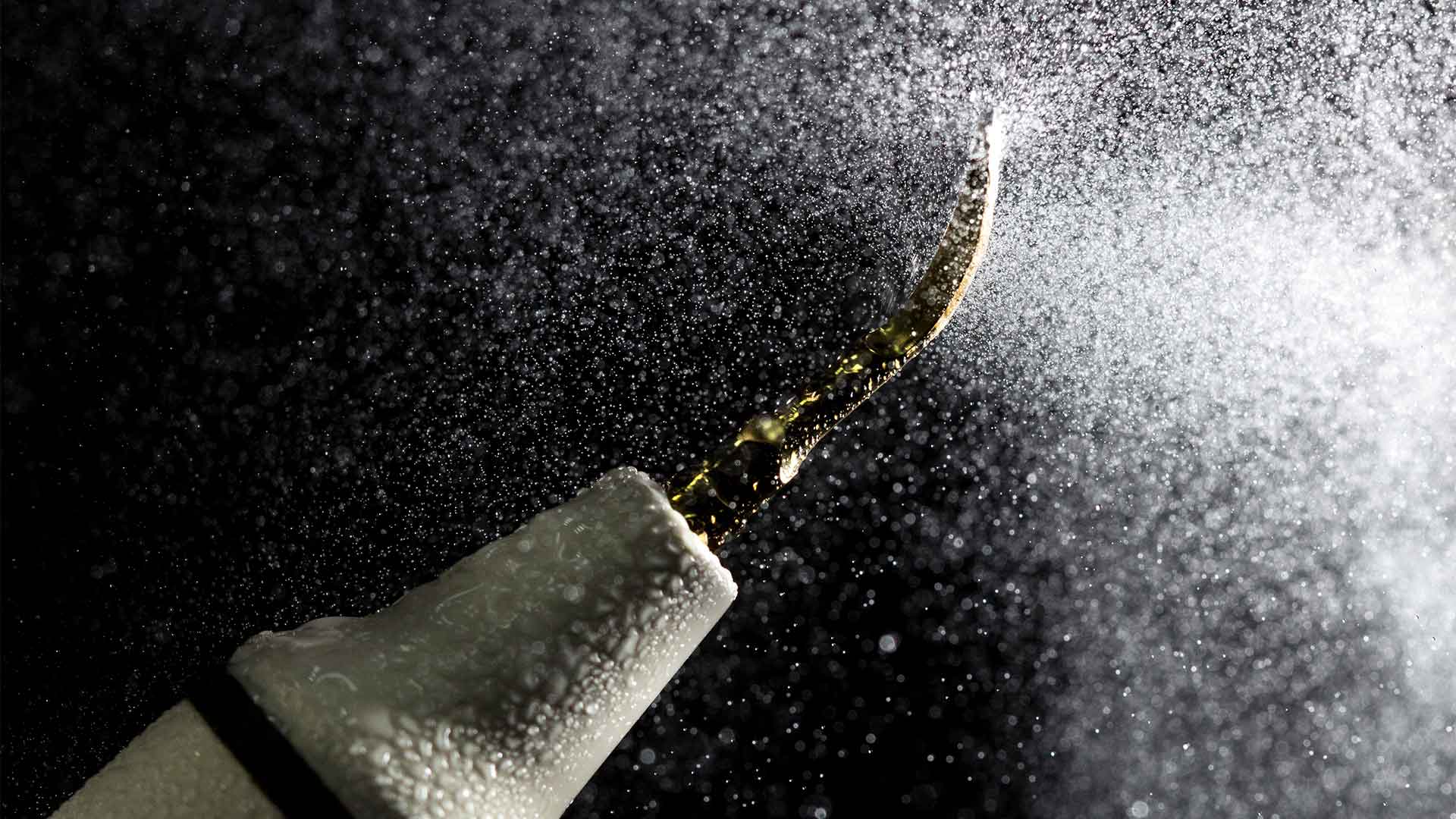
- Scaling and root planing (periodontal cleaning): “Scaling and root planing (SRP)” is another term for a deep dental cleaning. The main difference is that SRP requires local anesthesia to numb your gums. This allows our dentist to clean deep underneath your gum line, where harmful bacteria hide. He’ll also smooth the surfaces of your teeth roots to discourage plaque and bacteria from building up. Periodontists typically recommend scaling and root planing for people with early-stage (mild) gum disease.
- Periodontal surgery: A periodontist routinely performs gum surgeries. There are several different types of surgical periodontal treatments, including
- Gingival flap surgery: Also called pocket reduction surgery, this procedure treats moderate to severe periodontitis (gum disease). During this procedure, periodontist makes incisions and gently moves your gums away from your teeth. This allows them to see the infection that’s deep under your gum line. After thoroughly cleaning your teeth roots, periodontist repositions your gum tissue and stitches it into place.
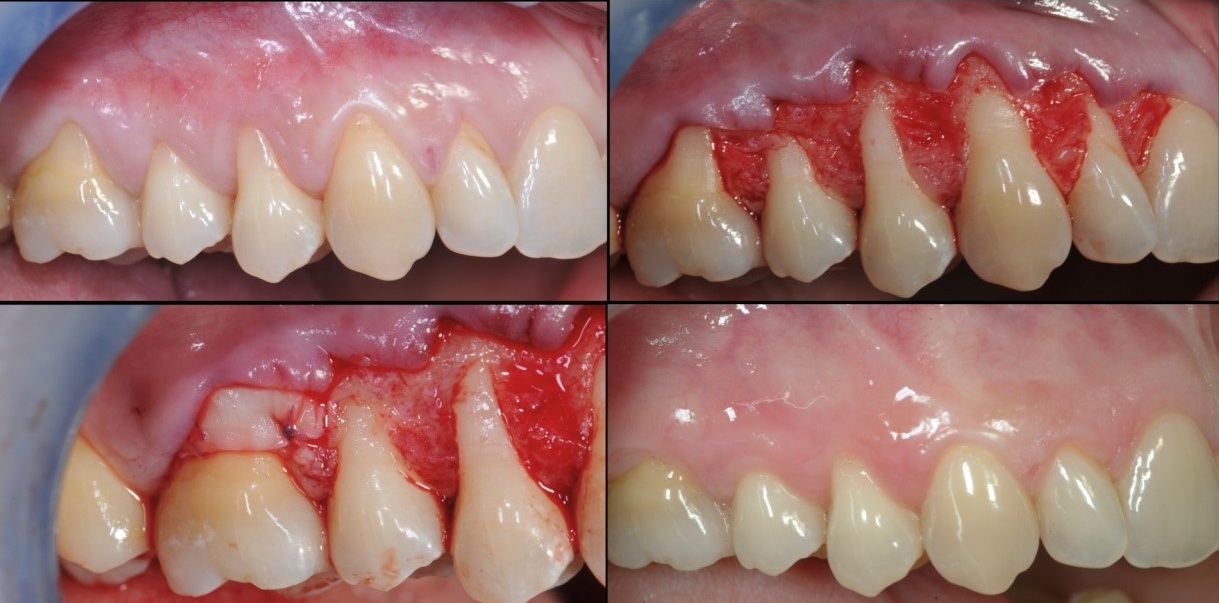
- Gum grafts: This procedure treats gum recession. People with gum recession don’t have enough healthy gum tissue around their teeth. During a gum graft procedure, your periodontist adds tissue to the area where your gums are thin. The graft might come from the roof of your mouth, or our periodontist might use artificial grafting material.
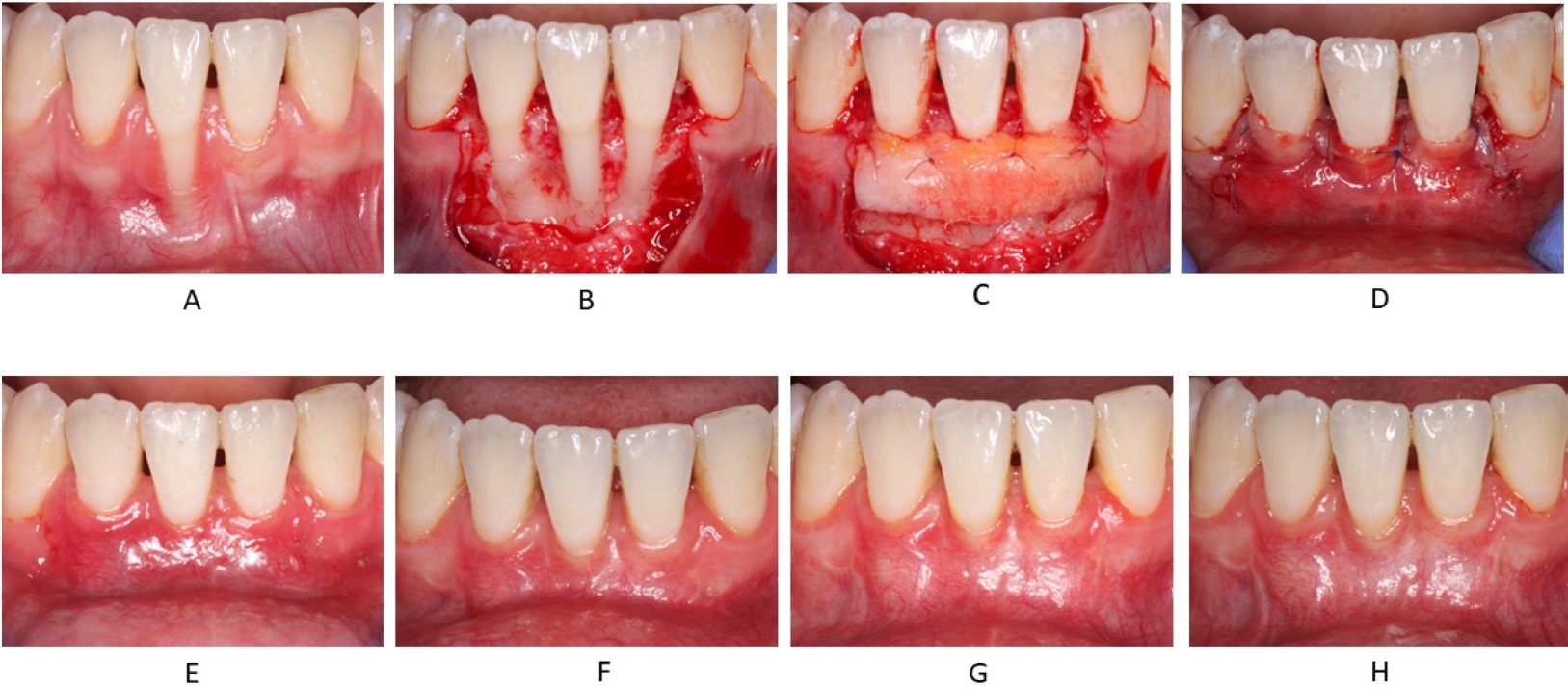
- Dental bone grafts: Periodontal infection can erode the bone that supports your teeth. When this happens, our periodontist can place a bone graft to regenerate bone in that area. We often use the bone artificial grafting material but sometimes we might use some of your own bone from another area of your mouth.
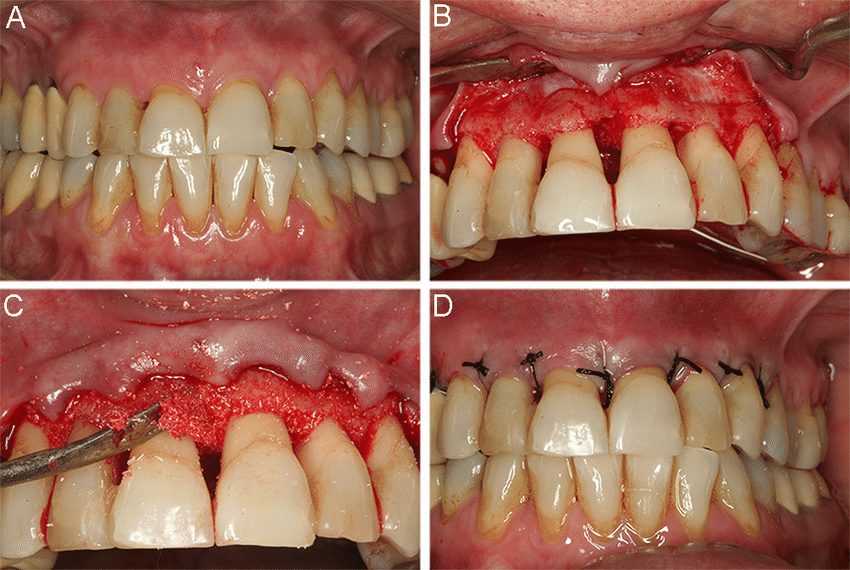
- Surgical crown lengthening: Sometimes when a tooth breaks off near the gum line, there isn’t enough room to place a dental crown. When this happens, we can remove a few millimeters of gum and bone tissue around that tooth so the crown can fit properly.
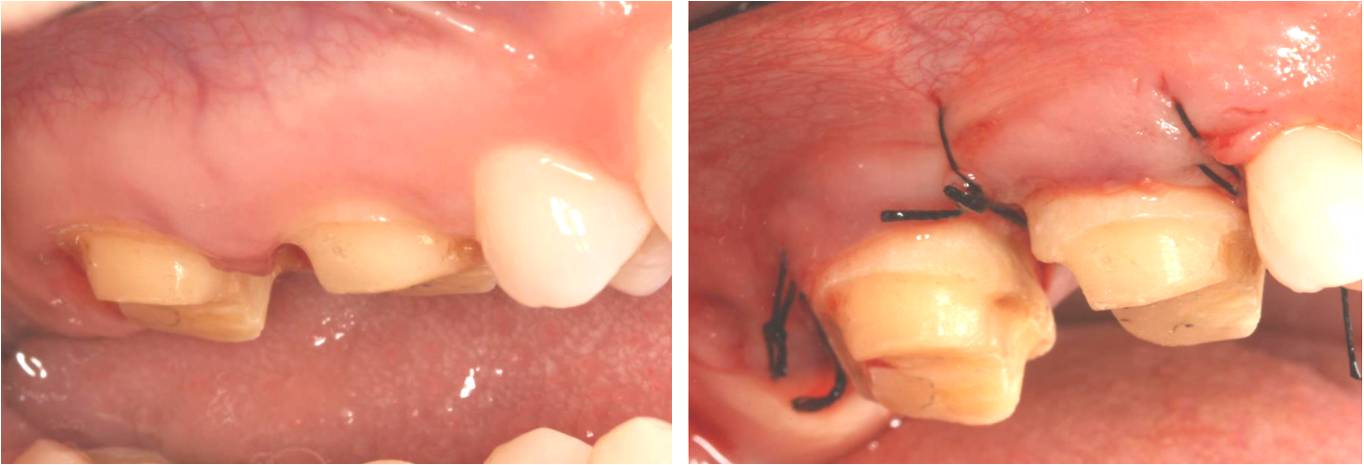
- Smile lift: Some people have excess gum tissue that covers part of their teeth when they smile. People who want to improve the appearance of their smile can have a smile lift. During this procedure, we remove gum — and usually a small amount of bone — from around the affected teeth. Our periodontist can perform a smile lift as a stand-alone procedure or they may recommend it in combination with veneers.

- Frenectomy: A frenum is a band of connective tissue that joins one part of your body to another. In your mouth, you have two types of frena: lingual and labial. Your labial frenum connects your lip to your gums. Your lingual frenum connects your tongue to your gums, just behind your lower front teeth. Sometimes, a frenum is too tight. This can cause issues like tongue-tie or gum recession. During a frenectomy, we make an incision to free the frenum so it’s not too tight.

- Gingival flap surgery: Also called pocket reduction surgery, this procedure treats moderate to severe periodontitis (gum disease). During this procedure, periodontist makes incisions and gently moves your gums away from your teeth. This allows them to see the infection that’s deep under your gum line. After thoroughly cleaning your teeth roots, periodontist repositions your gum tissue and stitches it into place.
Healthy gums are just as important as healthy teeth. We at Niramaya Multispeciality Dental Hospital care for your gums and other tissues around your teeth. Most of the times gums issues are normal but if you have gum disease, a periodontist has the knowledge, training and experience to treat the problem and help you maintain good oral health.
